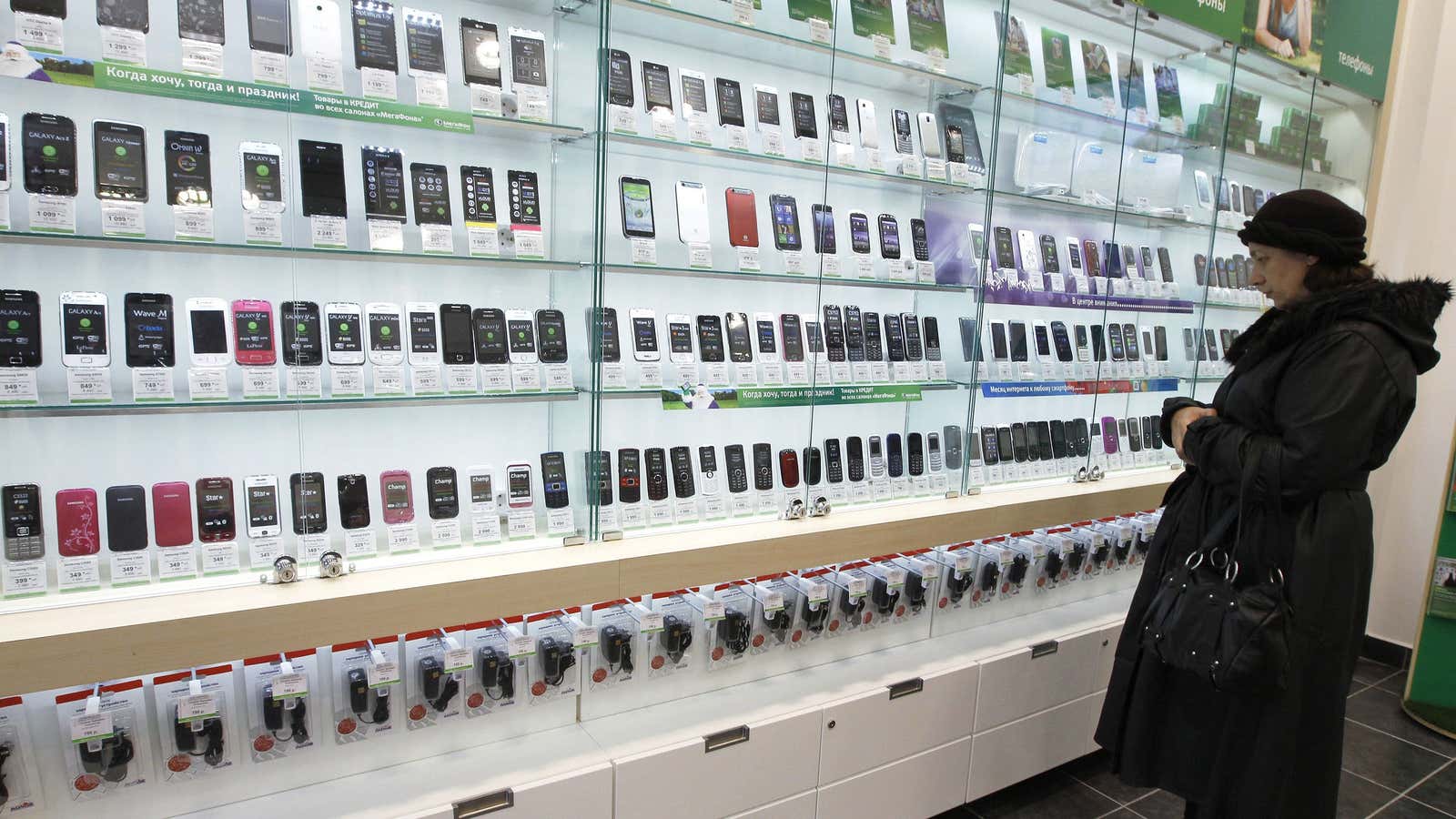At 12 noon today, the Xiaomi Mi3 smartphone went on sale on the e-commerce website Flipkart. This was an exclusive launch introducing the Xiaomi phones to India. 38 minutes and 50 seconds later the phones were sold out. Flipkart’s website crashed in the meantime.
Flipkart and Xiaomi did not say how many units they sold. Some 100,000 users had pre-registered for the sale. And at least half of them did not get a chance to buy as the site crashed, according to an executive at one of the companies. The companies have announced another sale on 29 July.
The sales rush taking down shopping websites is the new benchmark of demand—the virtual equivalent of midnight queues and broken doors at real-world stores.
Similar reports of the website crashing were seen when Flipkart had exclusively launched the Moto G and Moto E earlier this year. In the last five months, Motorola has sold 1 million phones (Moto G, Moto E and Moto X) exclusively through Flipkart, the e-tailer has said. That is a million units of phones priced between Rs7,000 and Rs24,000 sold without paying commissions to any brick-and-mortar retailer.
Flipkart has held similar sales for Asus Zenfone and Alcatel One Touch Idol X models. Asus claimed last week that it had sold 40,000 units in four days.
“The companies that are selling exclusively online are those that don’t want to invest heavily in building distribution channels or are selling only those products online which are priced lower,” says Vishal Tripathi, principal analyst at Gartner. For products that are priced higher, the model is unlikely to work, he believes.
Snapdeal, another e-commerce portal, too had sold out its entire stock of Micromax Canvas A116 HD within an hour of its launch last year.
The eBay-backed e-commerce site has launched its share of gadgets exclusively. Just on Monday, the e-commerce portal launched the Micromax 32-inch LED television exclusively. Finnish company Jolla is launching its Smartphones in India through Snapdeal as well.
End of retail commissions
The advantage of this trend is the cost manufacturers save on distribution which they can then pass on to customers. “The Micromax TV was priced at about Rs16,000 whereas typically a 32-inch LED TV would easily cost above Rs20,000-Rs22,000. The brands that are launching products online save a lot on the distribution cost. The distribution cost erodes their margins,” said Tony Navin, senior vice president at Snapdeal. The advantage for the e-commerce portal here is that while customers spend time comparing prices of a gadget on a number of websites and offline stores before making a purchase, with exclusive products, the tendency to make a purchase instantly is higher because they don’t have anything to compare the price to, he adds. Besides, they can bargain for a bigger commission as they are helping eliminate several layers of commissions.
The Micromax Canvas A116 was launched for Rs13,990 on Snapdeal. Some reports claimed that the phone was sold out 20 minutes after its exclusive launch. The phone is now available on Flipkart for Rs14,500 and for Rs15,925 on Snapdeal.
“Until six months ago, e-tailers were using only price discounts to ensure stickiness on their website. The exclusive launch of gadgets is a good reflection of how e-commerce is maturing,” Ankur Bisen, senior vice president at retail consultant Technopak, says. However, he believes, that this isn’t a trend that is going to become common across categories and that the distribution business is not going anywhere. “The trend is growing now only because of the mass adoption of smartphones among the category of users who are already comfortable with online shopping” he says.
